|
|
|
|
Species Photo Gallery for Empoa casta No Common Name 10 |
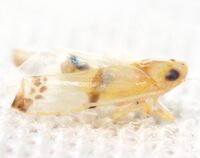 | Photo by: Kyle Kittelberger, Brian Bockhahn
Polk Co.
Comment: male |  | Photo by: Kyle Kittelberger, Brian Bockhahn
Polk Co.
Comment: male |
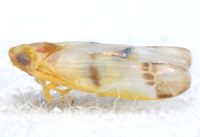 | Photo by: Kyle Kittelberger, Brian Bockhahn
Transylvania Co.
Comment: male | 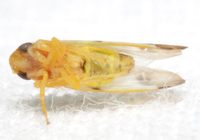 | Photo by: Kyle Kittelberger, Brian Bockhahn
Transylvania Co.
Comment: male |
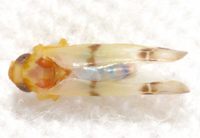 | Photo by: Kyle Kittelberger, Brian Bockhahn
Transylvania Co.
Comment: male |  | Photo by: Rob Van Epps
Mecklenburg Co.
Comment: Attracted to UV light. Suburban yard near woods. |
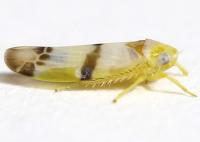 | Photo by: Rob Van Epps
Mecklenburg Co.
Comment: Attracted to UV light. Suburban yard near woods. |  | Photo by: J. Allen Ratzlaff
Buncombe Co.
Comment: |
 | Photo by: J. Allen Ratzlaff
Buncombe Co.
Comment: | 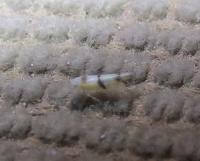 | Photo by: J. Allen Ratzlaff
Buncombe Co.
Comment: https://www.inaturalist.org/observations/16095891 |
|

 »
»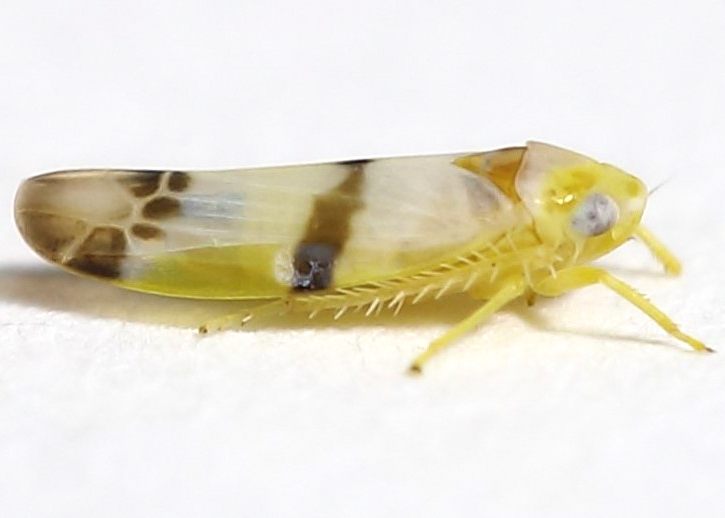

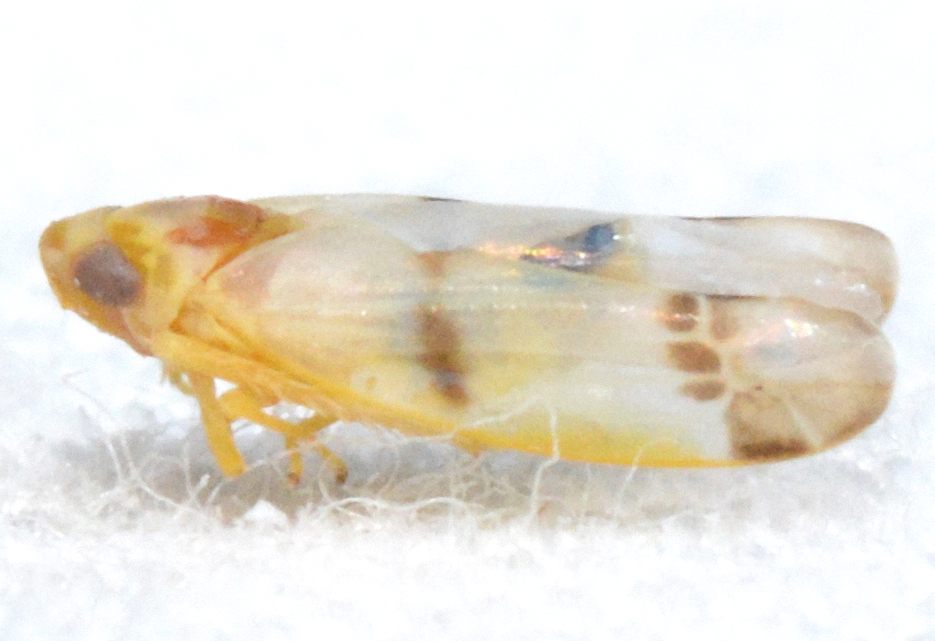

 »
»

